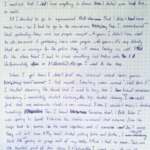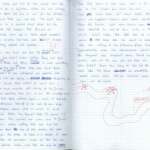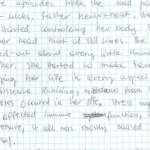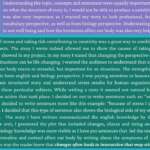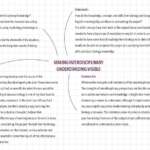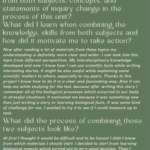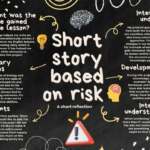Thanks to combining the perspectives of these subjects, it helped me understand the topic of taking risk and its consequences and the statement of inquiry – Change often leads to interaction that may stimulate creativity producing outcomes that engage the audience. By writing the stressful situation in my story and combining it with biology knowledge I have learned and understood how taking this risk influences our bodies. For example, adrenaline may boost our strength and endurance, helping us get away from a dangerous situation. A strength of combining these processes is efficient learning, as you can write whatever story you wish to and combine it with learned information. Thanks to that, you can combine something potentially pleasant with work. However, there is also a limitation to combining these two subjects. It’s hard to connect the Biology knowledge with the story in a smooth way, as stopping the action in order to explain the biological processes makes the story less dynamic and possibly confusing. Especially if you focus too much on explaining stress processes instead of the action in the story, making it seem more like a scientific paper than a story.
In order to communicate knowledge from both English and Biology classes in my project, I have combined my story’s action with a bit of explaining the processes happening, while trying to make it seem natural. For the English knowledge part, I have written a story with it’s hopefully correct structure, as well as used English vocabulary. To show my biology knowledge, I have explained what cortisol is and when it secretes, as well as what it does. Moreover, I have explained what adrenaline is, where it is secreted and what it does.
At the very beginning my knowledge on stress hormones and story writing was fairly basic, I did know a couple of things but that would be about it. During the creation of my story I have already gained needed knowledge for me to write in more details about the processes occurring when we are stressed (secretion of cortisol and adrenaline). It also helped me realize how incredible and strong the human body actually is.
Thanks to this project I have learned that human body isn’t as delicate as it sometimes seems to be. In reality it is much stronger than we take it for. For example thanks to adrenaline, even if you get severely injured, our body is still able to function perfectly, helping us get away from danger. This project made me more aware of my strengths and limitations when it comes to my own body and its endurance, leading to my self-growth and raise in awareness.
